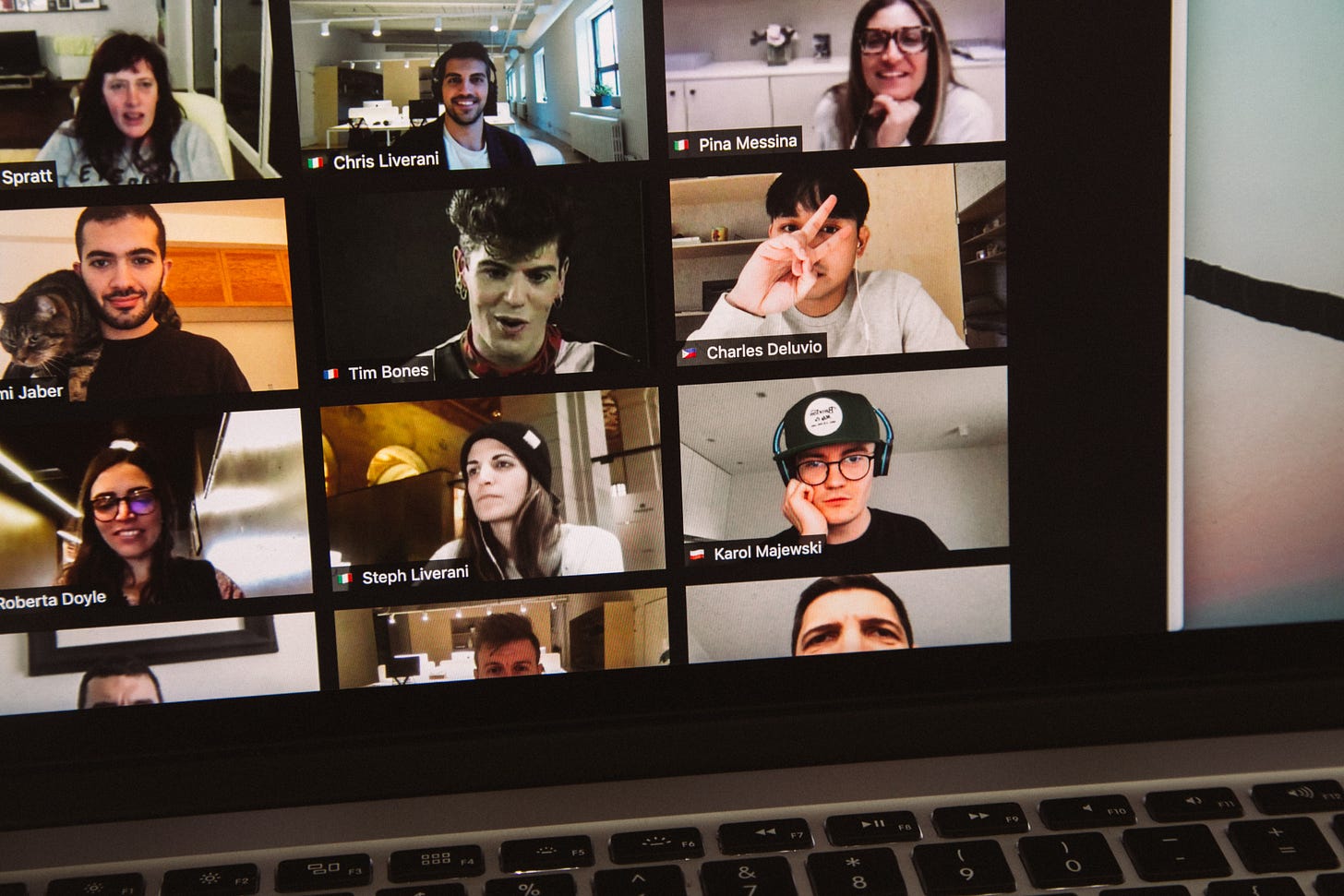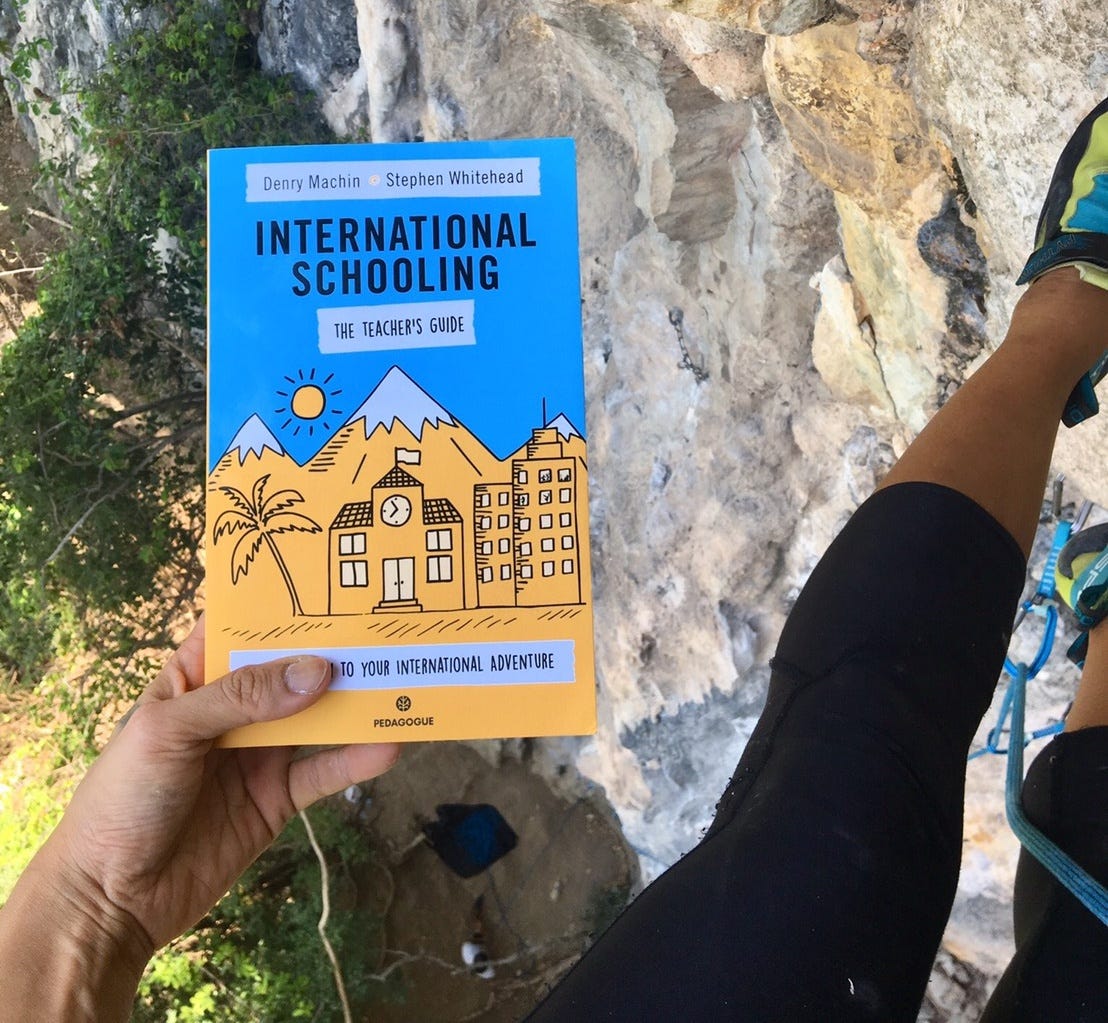More than bricks and mortar
Wellbeing, online learning and the Great Pandemic
It’s really hard to fully assess the impact of online learning as a result of COVID-19 because, well... a lot of the world is still in it - or could be back in it at any point.
Never before has there been such a rapid transformation to the way that education is delivered.
Forget AfL or Flipped Classrooms. The pandemic literally flipped learning on its head… and then some.
I’m currently based in Thailand, which (to date at least) has experienced relative success in the handling of the pandemic. We entered the lockdown in March 2020, along with the rest of the world, and saw out the 2019-2020 school year online. However, following a series of highly-cautious measures, so far into the 2020-2021 year we have been back to face-to-face learning, and have lost, in total, just one week of school. Though, at the time of writing, it does look like we are about to endure another period of school closures and another month or so of online learning.
Our students were very fortunate to spend just three months learning online, but the impact of even a short space of time away from school has been undeniable.
I’ve definitely seen a greater number of students suffering from anxiety-related problems, and it’s not always clear if this is due to a more deep-rooted issue that the student is experiencing, or simply a symptom of being in a fractured home for a extended period.
After all, the pandemic has brought to the fore things that we have perhaps always been struggling with, but have still managed to function relatively well with. Take away the routine, take away hanging out with friends, take away clubs or teams or hobbies… and we are left without the very structures that previously allowed us to stay on track.
On the other hand, I can’t deny that there were some positive benefits for many students (for a limited time) in terms of mental health. For those already anxious students, online learning and lockdown offered a temporary reprieve from all the stresses of being a teenager at school… and we all remember how tough those years were!
But the biggest issue that I noticed both during lockdown, and in the months that have followed, is the lack of motivation, and the increased levels of apathy that students have displayed towards their schooling since returning - particularly at the older end of the school. I’m sure right now we can all recall a few more students than usual who just can’t seem to get themselves motivated, and just don’t know why.
School is much more than bricks and mortar, it is a space that holds promise. Promise that you will leave better than you arrived; armed with greater knowledge, social skills, empathy, and curiosity.
It’s a space where students get reprieve from sometimes volatile home lives (particularly at a time when COVID has added greatly to the financial strain being experienced by families). It’s a place where many students learn what healthy relationships are, where they set and realise goals, and learn how to cope with failure and hardship. It’s often where they have the most stability.
I understand that many schools did a really brilliant job of incorporating lots of different creative and innovative ideas to support student wellbeing during lockdown.
Yet, as schools have begun to reopen and deal with the repercussions of the pandemic, many of us are witnessing a reversal back to a purer focus on academics.
Students must catch up!
Online tools for learning were good - are good, in so many ways. But what they can never replace is the safety and structure that schools provide for so many children. Places where students connect with students, teachers connect with students, and care is not only expressed, but genuinely felt.
And we are still in it.
We’re not going to know the true impact that online learning during the pandemic has had for some time.
Indeed, there are so many variables to factor in, that we may never get a simple answer. But for the majority of us working in education, we don’t work for grades, we work for people. We work for the people that we care about, and nothing is a substitute for caring in-person.
Dr Sadie Hollins currently works as a Head of Sixth Form at an International School in Chiang Mai, Thailand. Prior to working in international education she worked as a HE lecturer and researcher focusing sociological issues in sport.
After a decision to take a different life path, she moved to Chiang Mai, where she has been based for the past four years. During this time she has had the opportunity to work in a residential rehab facility, and as a school counselor. She is passionate about the concept of change and creating inclusive and aware schools for students, staff and parents.
INTERESTED IN INTERNATIONAL EDUCATION?
The Teacher’s Guide is getting around! Seen here up a cliff face in Thailand. When we said ‘a companion to your international adventure’ we didn’t quite mean literally!
Grab a copy to take on your own adventure.




